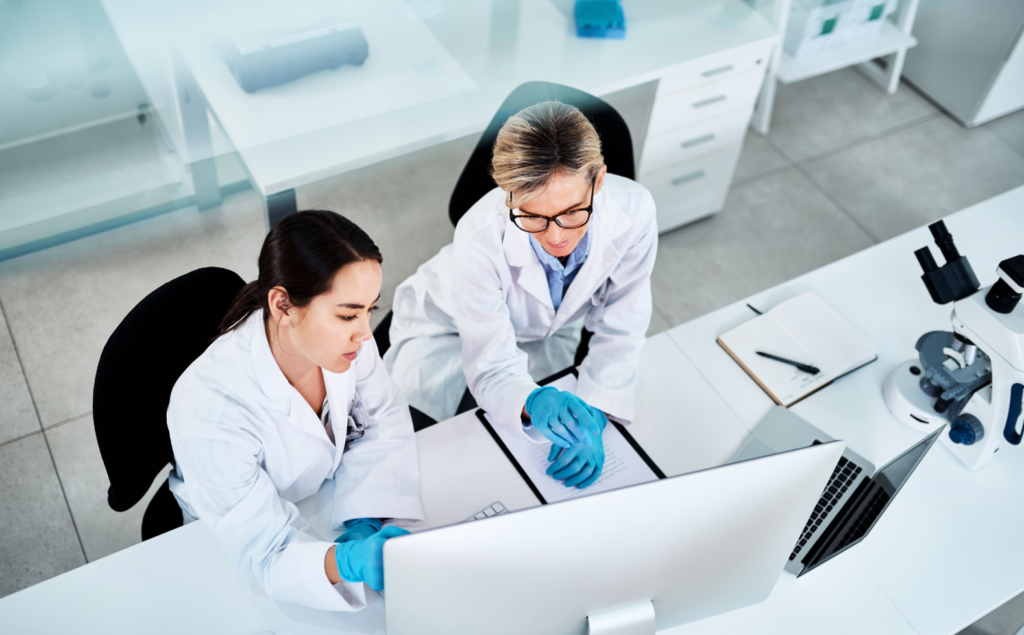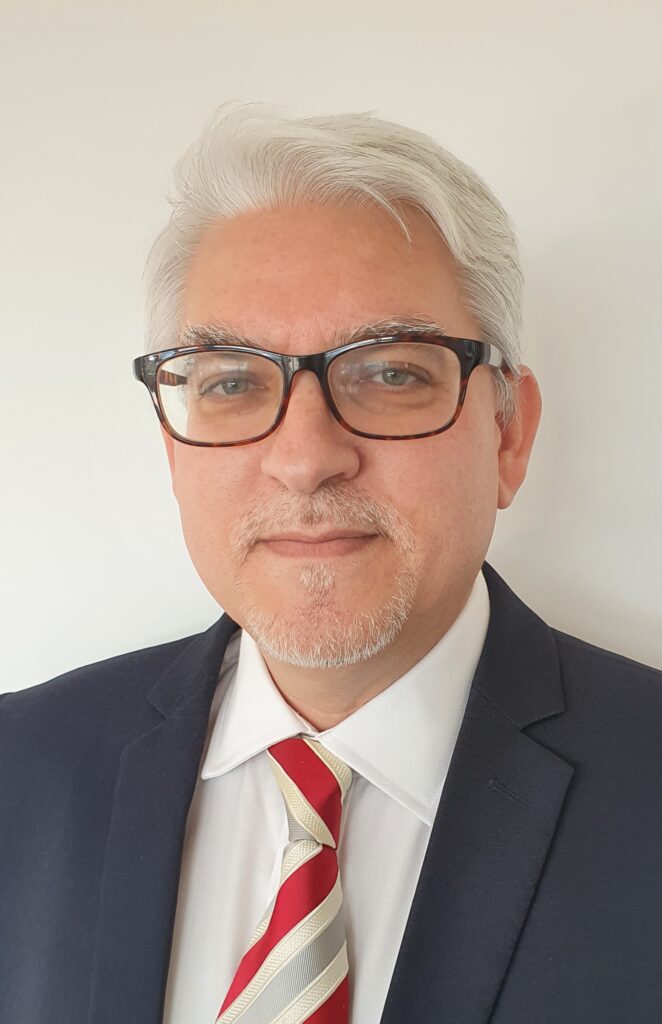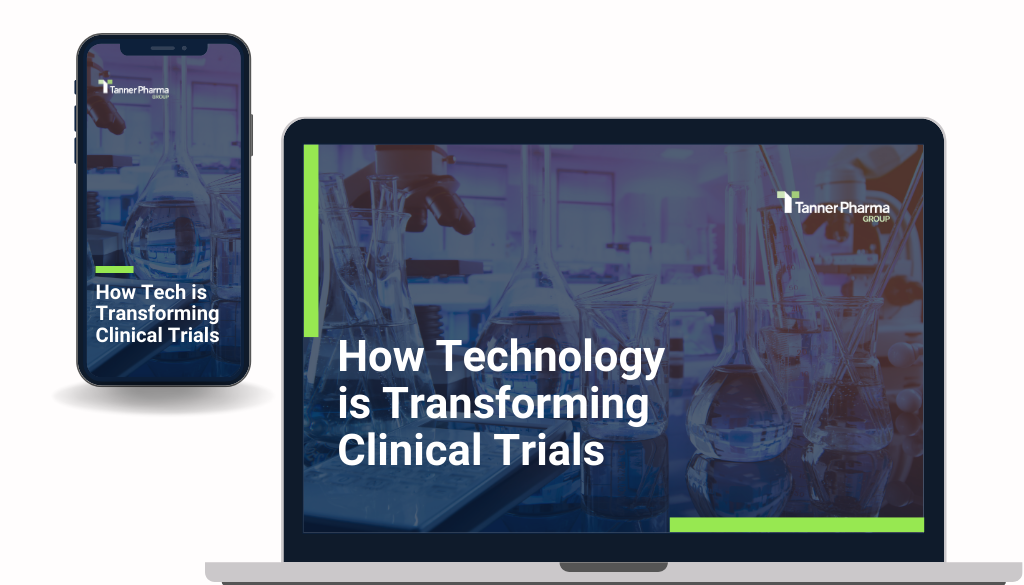Overcoming procurement and supply chain challenges in clinical trials
The global pandemic has had a significant impact on clinical trials, forcing operators to alter their processes. Tanner Pharma’s Clinical Trial Solutions (TannerCTS) division has been working to overcome challenges with procurement and ensure supply continuity, while looking to the future by embracing technological innovations. Discover more from Georg Schulz, Executive Vice President of Clinical Trial Services at Tanner Pharma Group.

Running a clinical trial is a complex process that typically involves multiple vendors to obtain everything required, which has been made far more challenging during the global pandemic these past few years.
Hospitals and medical facilities have been inundated with Covid-19 patients, with demand for medical professionals and supplies at an all-time high. All while delays to the supply chain have caused bottlenecks in the materials required to develop new treatments. Having a strong global network of contacts and a reliable supply chain have never been more important.
Clinical trial operators have had to adapt their operations to ensure that assessment of treatments can continue amid the disruption. One example is that the pandemic has accelerated the adoption of home diagnosis and remote monitoring of clinical trials patients and sponsors have increasingly adopted decentralized clinical trial strategies.
Tanner Pharma’s Clinical Trial Solutions (CTS) division is at the forefront of this specialist field, partnering with pharma companies and Clinical Research Organisations (CRO) to help develop and manage clinical trials. Tanner has leveraged its strengths in the clinical supply chain throughout the last two years to enable drug trials to go ahead, while also embracing new technologies.
Georg Schulz is Executive Vice President of Clinical Trial Services at Tanner Pharma Group. He has more than 25 years of experience in supply chain with 17 in the pharmaceutical industry, notably in Asia, and is a recognized industry leader in clinical trials and healthcare. He has spoken at numerous clinical trial conferences worldwide.
Georg Schulz joined the Tanner team in 2021 to enhance the company’s clinical trials service offering. One aim is to make Tanner a single point of contact for managing clinical trials, simplifying the entire process and increasing efficiencies. Georg Schulz explains more about how the TannerCTS division is developing services, what changes the clinical trials sector has seen in the past two years, how procurement challenges are being overcome, and what the future may hold.
How would you describe the work of Tanner in clinical trial services?
Georg Schulz: “The role that we see for Tanner specifically is to help pharmaceutical companies and other related service providers to manage all the physical hardware in the clinical trial for both drug and non-drug products.
“We have three pillars that form part of our service suite. The first pillar is sourcing and procurement globally. That means everything that the sponsor of the clinical trial does not provide, we can help to source and buy and bring it to where it is needed.
“The second pillar is GMP packaging and labelling, where we make the products ready for the trial and its designated territory of use.
“And the third pillar is long-term storage and distribution. That means we can hold these products for as long as the study duration. Here, we will have a new service capability to manage products for two, three, even four years. Then we’ll do shipments and support importation and international cold chain management when the other service companies like CROs recruit patients at the hospital level.”

What else can TannerCTS provide for clinical trials?
GS: “It isn’t just the drug products that our clients require in a clinical trial. Besides the investigational product, they may require any comparative drugs or complementary medications that have nothing to do with the newly developed compounds, as well as ancillary supplies or even laboratory equipment, IT or wearable solutions for data capture and processing.
“For example, a pharma company may develop an oncology therapy, but they want to test that in a clinical trial in combination with a pain management product, which is readily available. So, this is a product that our customers require someone to purchase and manage for
them. Then you have ancillary supplies and products required for biological specimen extraction. A key aspect of the value proposition is to get around the shortage situation and ensure sustainable supply at all times in such way that obsolescence can be avoided.
“So, it includes the whole lab and product supply chain and hardware, including very basic stuff like refrigerators for temperature control of products, particularly for emerging markets where the hospital infrastructure is deficient. These are all items specified to be supplied to medical centers as part of the trial.”
How can TannerCTS help with product shortages?
GS: “For customers affected by product shortages, we make every effort to enable greater access. This is either through our existing capabilities or our globally spanning networks of partners, and most importantly the relationships with the manufacturers.
“We leverage relationships with different manufacturers that could help us get to the front of the queue when products in short supply come off the production line. Then we can perhaps secure single batches with pedigree documentation before others, and it’s helped clients to risk-mitigate the clinical trial timeline.
“We ensure that nothing happens that could cause product shortages in an ongoing trial. That means we’ve managed the inventory of products actively and continue looking through our project management capabilities to keep the ship afloat. The other part is ensuring that we continuously build capability and expertise.
“We want to be the service provider that can help a sponsor start their clinical trial in the fastest possible time. We consider this a key differentiator.
“If a competitor takes three months to start and we can do it in one month, then the client will get clinical trial results two months earlier. Time to market is often critical because you’re competing against other scientific innovations.”
How has the delivery model of clinical trials changed during the last two years, particularly with the pandemic?
GS: “The delivery part to the patient or the hospital is currently undergoing an interesting transformation, not only because of Covid. Certain trends already emerged before that, but these have certainly accelerated or been exacerbated because of Covid.
“Hospitals have become congested too. Non-essential treatments have been deferred. As such, you don’t have hospitals recruiting the patients or treating them while arranging regular sequencing visits.
“If someone wants to carry on with a clinical trial, they must think about which therapies and applications they can use to avoid the patient coming to the hospital. The need to continue with the treatment and observations outside of the conventional hospital environment has given rise to the design of decentralised trials. This was accelerated when more regulators started to approve such study designs during the pandemic following the Ethic Committees approvals.”
How is Covid still affecting procurement for clinical trials?
GS: “There has been an impact because there is a shortage of certain materials. This shortage causes tremendous bottlenecks to pharmaceutical companies in the product development stage.
“Imagine a biotech company that is only financed through investors who take a gamble on the company and provide funds for R&D. Then this company has no commercial product, which means no related income source. What happens to such a company if their clinical trial gets delayed or takes longer than originally envisaged?
“It means that they delay the commercialization of compounds, they delay the commencement of income streams. And they depend on the goodwill of investors to keep them afloat with funds for longer than expected.
The other effect of Covid that we have seen has been the sharp rise in transportation cost. On one hand this is caused by reduction of air traffic capacity, on the other hand the rising cost of fuel and energy. The bottom line is that it has become harder to move products and more costly, becoming a contributor to the already steadily rising R&D cost.”
What are some innovation trends in clinical trials?
GS: “We are starting to look at ways patients can be either treated, or at the very least supplied, with their products outside of the hospital environment.
“New ideas emerged before Covid about how we can go more directly to the patient in our supply chain. Can we avoid the patient coming to the hospital? And if so, can we deliver the product almost like a web-based order direct to the patient at home? That is not without challenges because you need to synchronize that with other professionals such as home nursing, for example.
“And this is transforming the clinical trial industry in a major way. Digitalization comes into the picture for data capture. If you have a home visit from a nurse, how do you equip them with tools and software to do what you would traditionally do in the hospital ward?
“Then there are timing and synchronization challenges. How does the home nurse treatment coincide with the supply chain and drug deliveries?
“This is kind of reinventing the world at least for certain therapies where this is feasible and for certain markets where regulation allows for this adaptation. All of this is creating innovation in the clinical trials supply chain, and this is where we want to take part in this innovation process, to build capabilities that allow us to have a diverse way of supplying products to the endpoints.”
How do you see your division developing?
GS: “My vision for Tanner in the pharmaceutical market is to become the product lifecycle partner of pharma companies. So, we’re not providing a service just for a year when the pharmaceutical product lifecycle lasts for 20 years. It starts with ten years of R&D for the compounds, followed by a commercial marketing authorization. And then a patent-protected distribution for maybe ten years before a patent expires and becomes generic and the product sunsets. We are looking for an opportunity of offering 20 years of service for the compounds.
“We are also looking to see how Tanner can participate in all the phases of this lifecycle, in clinical with our solutions for ten years, over phase one, phase two, phase three, and then helping with market access and licensing.
“We are seeing the clinical services also as an opportunity for the other divisions within Tanner because through the clinical trials, we are getting early visibility of what has the potential to achieve licensing.
“If you think of early access programs in the inpatient, there’s a time lag from when the clinical trial ends to when it will go into licensing and distribution. That space could be two or three years, depending on the market. Here, there are early access opportunities and named patient opportunities where we also have experience.
“In those markets where the clinical trial was conducted, you still have patients in need of the drug
two years or three years after when the clinical trial has ended. Then marketing authorization may take another two years to obtain. “That’s where we can come in and say to the pharma company that has done the clinical trials, we know the country, we know the hospitals who have been recruiting the patients, we even know the patient pool. Let’s build a global early access program or an inpatient program before they begin commercialization. We can really bring all these pieces together.”
How Technology is Transforming Clinical Trials
Technology has the potential to dramatically change the way clinical trials are run and address many of the issues with patient enrolment and retention. In this white paper, we will detail the extent of the disruption caused by Covid-19 and explain how technology is starting to change clinical trials by enabling decentralization, via means such as telemedicine and remote monitoring. We will look at the importance of the pharmaceutical supply chain and the deployment of new logistics-focused technologies and real-time data to meet changing demands. Download to learn more.
